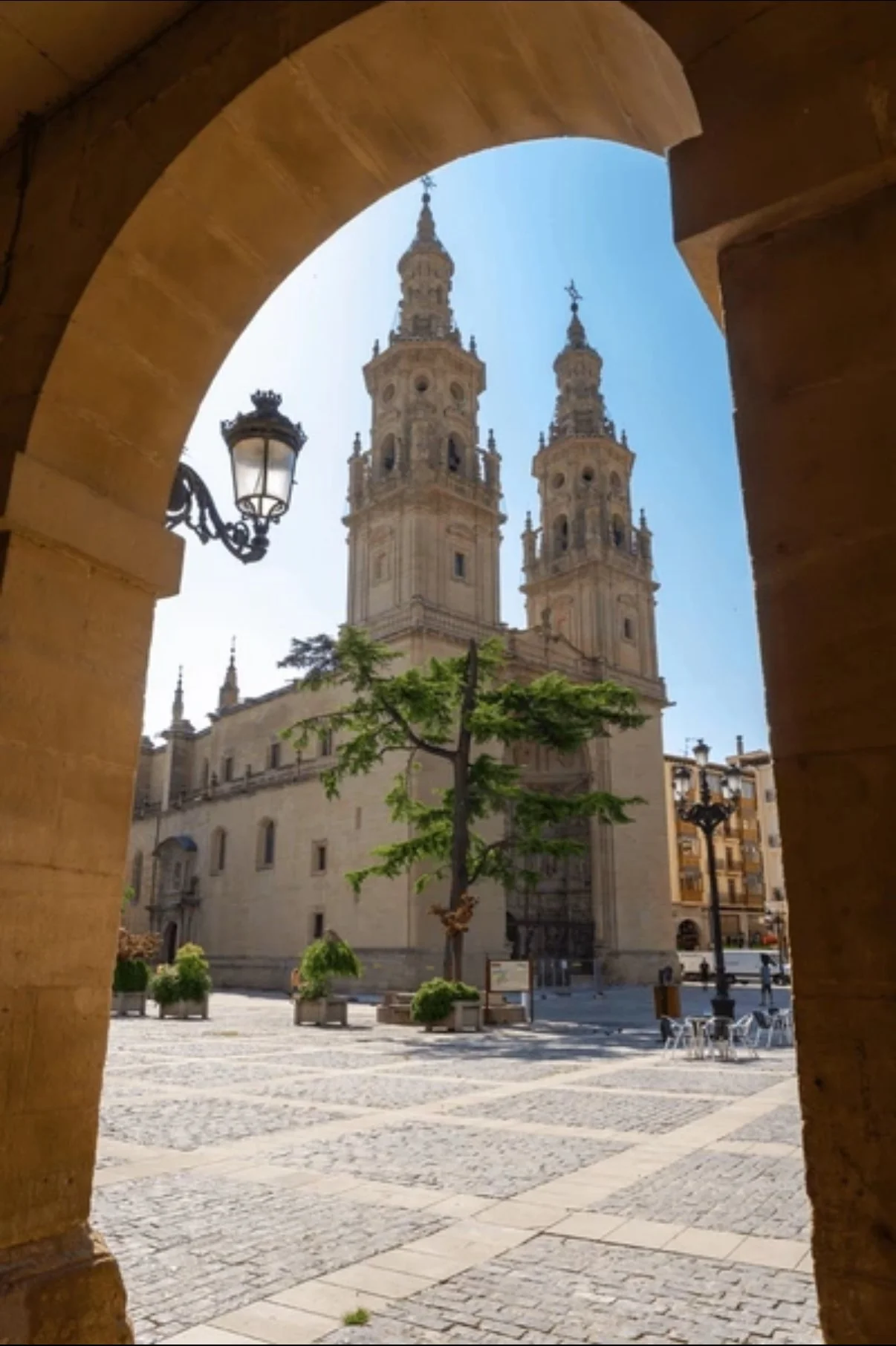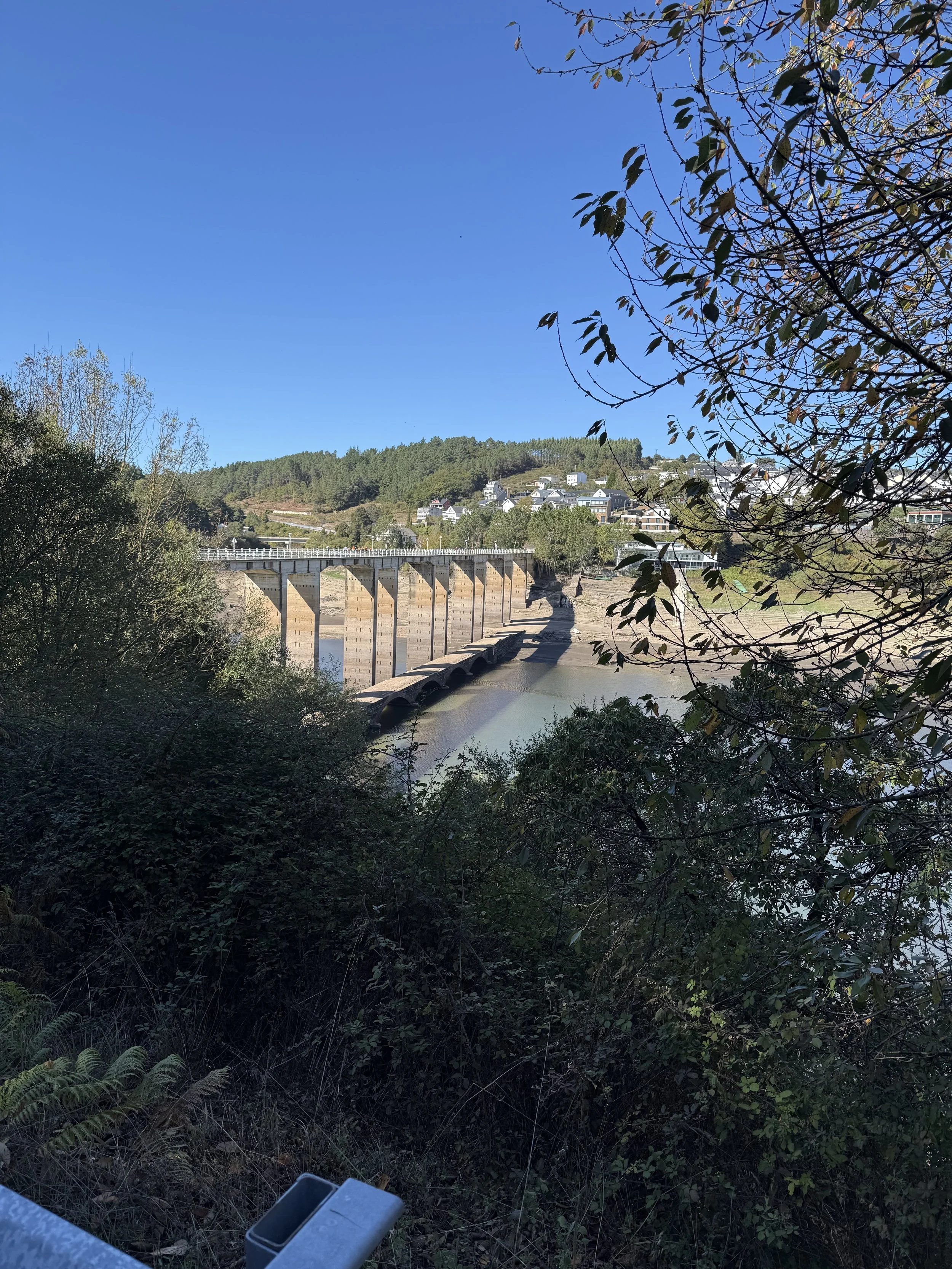Top 15 Must-See Towns Along the Camino de Santiago
Discovering the Heart of the Camino
One of the most magical parts of walking the Camino de Santiago is passing through dozens of quaint towns and vibrant cities, each with its own unique story to tell.
When I walked the Camino, I was surprised by how deeply I connected with certain places — sometimes because of their history, other times because of the people I met or the meals I enjoyed there.
Whether you’re a first-time pilgrim or returning for another journey, these 15 must-see towns along the Camino Francés (the most popular route) are worth savoring.
Some are perfect for rest days, while others are quick stops that leave a lasting impression.
Related Post: Stage by Stage: Camino Francés Route Breakdown
1. St. Jean Pied de Port (France)
Region: France, just before crossing into Spain
Why It’s Special: This is where many pilgrims begin their Camino.
Highlights:
Beautiful cobblestone streets
The historic Porte St. Jacques gate
Incredible views of the Pyrenees
Personal Tip: Spend at least one night here before starting.
Wander through town, pick up your pilgrim passport (Credencial), and enjoy a hearty French dinner before tackling the Pyrenees.
St. Jean Pied de Port , France-The start of the Frances Way
2. Roncesvalles
Region: Navarra, Spain
Why It’s Special: Spiritual and serene, this small village has a centuries-old history as a pilgrim refuge.
Highlights:
The Collegiate Church of Santa María
Historic pilgrim hospital and albergue
Peaceful mountain setting
Personal Tip: Arriving here after crossing the Pyrenees is emotional — it’s a perfect first-night stop to rest and reflect.
3. Pamplona
Region: Navarra
Why It’s Special: Famous for the Running of the Bulls, Pamplona is a lively city filled with culture and energy.
Highlights:
Plaza del Castillo for people-watching
Gothic Pamplona Cathedral
Delicious tapas and wine
Personal Tip: If timing allows, plan your trip around the San Fermín Festival (early July). Even if you miss it, Pamplona’s food and nightlife are worth exploring.
4. Puente la Reina
Region: Navarra
Why It’s Special: Named after its iconic medieval bridge that has welcomed pilgrims for centuries.
Highlights:
The 11th-century bridge
Narrow streets filled with history
Beautiful churches and old stone buildings
Personal Tip: Pause in the middle of the bridge to take in the same view countless pilgrims have seen before you.
5. Estella
Region: Navarra
Why It’s Special: Known as “the star of the Camino,” Estella is full of medieval charm.
Highlights:
The Bodegas Irache Wine Fountain — free wine for pilgrims!
Romanesque churches and monasteries
Bustling town square
Personal Tip: Arrive early to beat the crowds at the wine fountain and savor the moment.
6. Logroño
Region: La Rioja
Why It’s Special: A city famous for wine and food, making it a highlight for culinary pilgrims.
Highlights:
Calle Laurel for tapas hopping
Rioja wine tastings
Historic churches and plazas
Personal Tip: Take a rest day here to enjoy the food scene and give your legs a break.
Cathedral in Logrono.
FOLLOW THE CAMINO CHRONICLES
FACEBOOK: THE CAMINO CHRONICLES
7. Santo Domingo de la Calzada
Region: La Rioja
Why It’s Special: Home to one of the Camino’s most unique traditions — live chickens in the cathedral!
Highlights:
Cathedral of Santo Domingo
Medieval pilgrim hospital
Charming old town streets
Fun Fact: The live chickens commemorate a centuries-old miracle involving a wrongfully accused pilgrim.
8. Burgos
Region: Castilla y León
Why It’s Special: A major city and cultural hub with incredible architecture.
Highlights:
UNESCO-listed Burgos Cathedral. It is incredible! Don’t miss it.
Historic old town
Delicious local cuisine
Personal Tip: Consider taking a rest day here to explore the cathedral and soak in city life before entering the quiet Meseta.
9. León
Region: Castilla y León
Why It’s Special: Another major stop filled with history and energy.
Highlights:
León Cathedral’s stunning stained glass
Gaudí’s Casa Botines
Vibrant tapas streets like Calle Ancha
Personal Tip: Book a private room here and enjoy a luxurious rest day. You won’t regret it.
10. Astorga
Region: Castilla y León
Why It’s Special: A charming town where Roman history meets whimsical Gaudí architecture.
Highlights:
Episcopal Palace designed by Gaudí
Roman ruins and museum
Delicious local treat: mantecadas (buttery pastries)
Personal Tip: Stop at the Chocolate Museum for a sweet Camino break! We bought lots of the best chocolate.
11. Ponferrada
Region: Castilla y León
Why It’s Special: Known for its impressive Templar Castle, a must-see landmark.
Highlights:
12th-century Templar Castle
Old town streets
Beautiful mountain views
Personal Tip: Climb the castle walls for incredible photo opportunities.
12. O Cebreiro
Region: Galicia
Why It’s Special: This tiny mountain village feels like stepping back in time.
Highlights:
Traditional stone houses (pallozas)
Foggy, mystical landscapes
Church of Santa María Real Attend the Pilgrims Mass, it is a very special event.
Personal Tip: Dress warmly — the weather here can be chilly, even in summer.
13. Sarria
Region: Galicia
Why It’s Special: The most common starting point for pilgrims walking the last 100 km.
Highlights:
Vibrant pilgrim community
Charming streets and cafes
Lively energy as more walkers join the journey
Personal Tip: If you start here, arrive a day early to get your pilgrim passport and settle in before walking.
14. Portomarín
Region: Galicia
Why It’s Special: A picturesque riverside town rebuilt stone-by-stone after a dam was constructed.
Highlights:
Unique staircase entry into town
Church of San Nicolás
Scenic river views
Personal Tip: Stay overnight and enjoy the sunset over the river — it’s breathtaking.
Related Post: The Ultimate Guide to Walking the Camino de Santiago: Tips for First-Time Pilgrims
The bridge at Portomarín, covering the old city.
15. Santiago de Compostela
Region: Galicia
Why It’s Special: The final destination — a spiritual and emotional end to your Camino journey.
Highlights:
Santiago Cathedral and Pilgrim’s Mass
Praza do Obradoiro (main square)
Pilgrim’s Office to receive your Compostela
Personal Tip: Allow at least two nights here to celebrate, reflect, and rest before heading home.
Related Post: How to Get Your Compostela Certificate in Santiago
Tips for Visiting Camino Towns
Go slow: Don’t rush through — each town has its own story to tell.
Try local foods: Sample regional dishes like Rioja wine, Galician octopus (pulpo), and almond cake (tarta de Santiago).
Take rest days: Consider rest days in larger towns like Burgos, León, or Santiago.
Stay flexible: You can split stages or combine them depending on your energy levels.
Support local businesses: Buy snacks, meals, and souvenirs from small shops along the way.
Final Thoughts: Savoring the Journey
The Camino isn’t just about reaching Santiago — it’s about the experiences along the way.
These 15 towns each add their own flavor to the journey, from quiet mountain villages to bustling cities filled with history.
As you walk, take time to pause, explore, and connect with the places and people you meet.
Your Camino will be richer for it.
Call-to-Action
Ready to plan your Camino journey?
Download my free Camino Packing Checklist to prepare with confidence.
Read my Stage-by-Stage Camino Francés Breakdown to map out your walk.
Follow Camino.Chronicles on Instagram for daily Camino tips and inspiration.
Buen Camino, friends!
Renae


